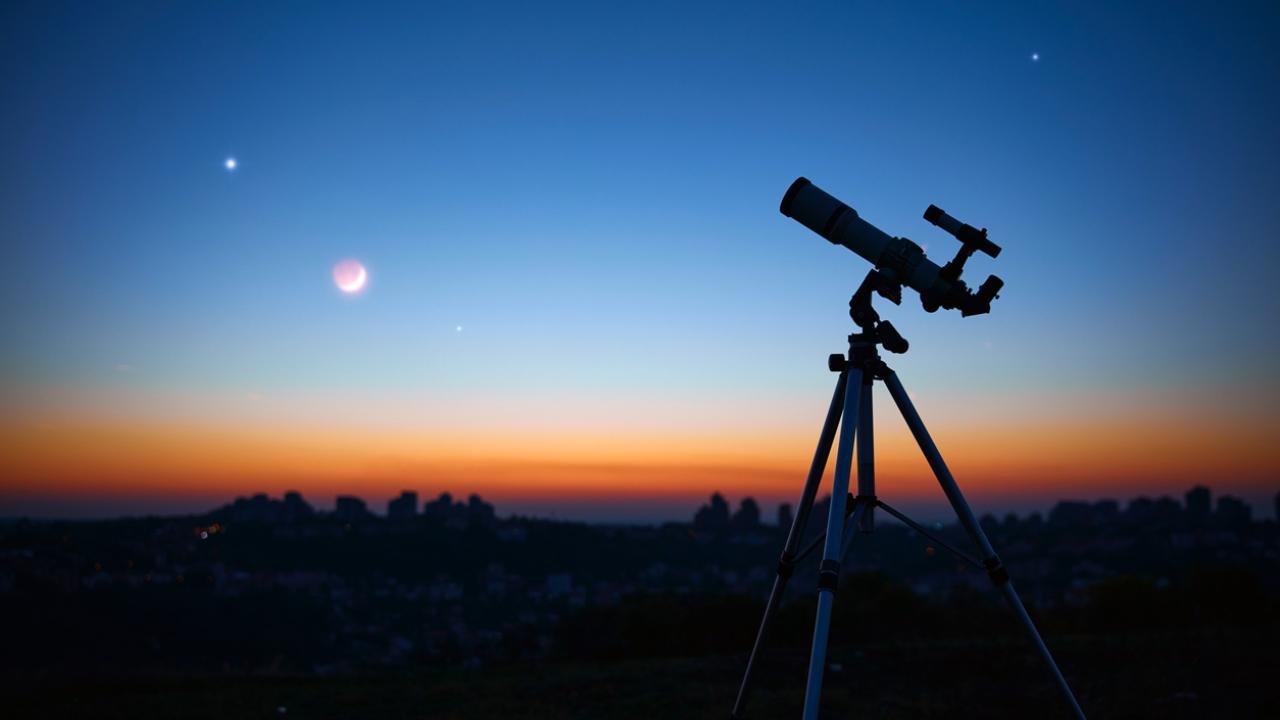On May 5, the Earth will come between the Sun and the Moon, blocking the sunlight from reaching the Moon

Representative image. Pic/Istock
A celestial phenomenon where the Sun, Moon, and Earth will be seen align together to occur lunar eclipse on May 5, Friday.
On May 5, the Earth will come between the Sun and the Moon, blocking the sunlight from reaching the Moon. This will cast a giant shadow on the natural satellite. This lunar eclipse will be rare since it will be penumbral in nature.
What Is a Penumbral Lunar Eclipse?
A penumbral lunar eclipse takes place when the Moon moves through the faint, outer part of Earth's shadow, the penumbra. This type of eclipse is not as dramatic as other types of lunar eclipses and is often mistaken for a regular Full Moon.
As per timeanddate.com website, During this penumbral lunar eclipse, the Earth's main shadow does not cover the Moon. As the Earth's shadow (umbra) misses the Moon during a penumbral lunar eclipse, there are no other locations on Earth where the Moon appears partially or totally eclipsed during this event. A penumbral lunar eclipse can be a bit hard to see as the shadowed part is only a little bit fainter than the rest of the Moon.
Also Read: Lunar Eclipse 2023: Here's when you can see Chandra Grahan next year
On May 5, the penumbral lunar eclipse will be visible in India. The lunar eclipse will be seen in several parts of India.
On Friday, the celestial phenomenon will begin at 8:44 pm and end at 1:01 am on May 6, Saturday. It will last for 4 hours, 18 minutes. The maximum lunar eclipse will occur at 10:52 on May 5.
Penumbral eclipses that involve the darker portion of the Earth's penumbral shadow, are normally visible to the naked eye.
 Subscribe today by clicking the link and stay updated with the latest news!" Click here!
Subscribe today by clicking the link and stay updated with the latest news!" Click here!










